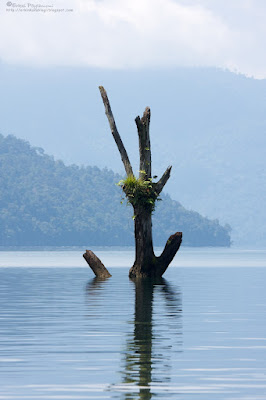.
The Wetland is just next to the Tin Shui Wai devlopment in the north-west part of Hong Kong. You can reach it by train and tram (last pic) - about 40 min from Hong Kong Island.
.jpg)
This bird is the "Common Snipe" (Gallinago gallinago) or "Taivaanvuohi" in Finnish, which translates to "Goat of the Skies". In the spring they fly high in the sky and cry like goats as a part of their courting behaviour. I presume they don't that in English speaking countries.
.jpg)
.jpg)

.jpg)
Black Faced Spoonbill (pikkukapustahaikara, Platalea minor) is an endangered species. A quarter of the population can be found in Hong Kong during migration.

Great Egret flying (Jalohaikara, Ardea alba) flying over the wetland. The exposure time is 1/1000 s which can just almost freeze the Pacific Swifts flying around catching insects.
.jpg)
Mudskipper Liejuryömijä, Boleophthalmus pectinirostris): the walking fish.

Fiddler crab "Uca arcuata"
.jpg)
The tram back to the center of Tin Shui Wai. Public transport is well organized and private cars are not common. I presume these skyscapers are a ecological way to live.











































